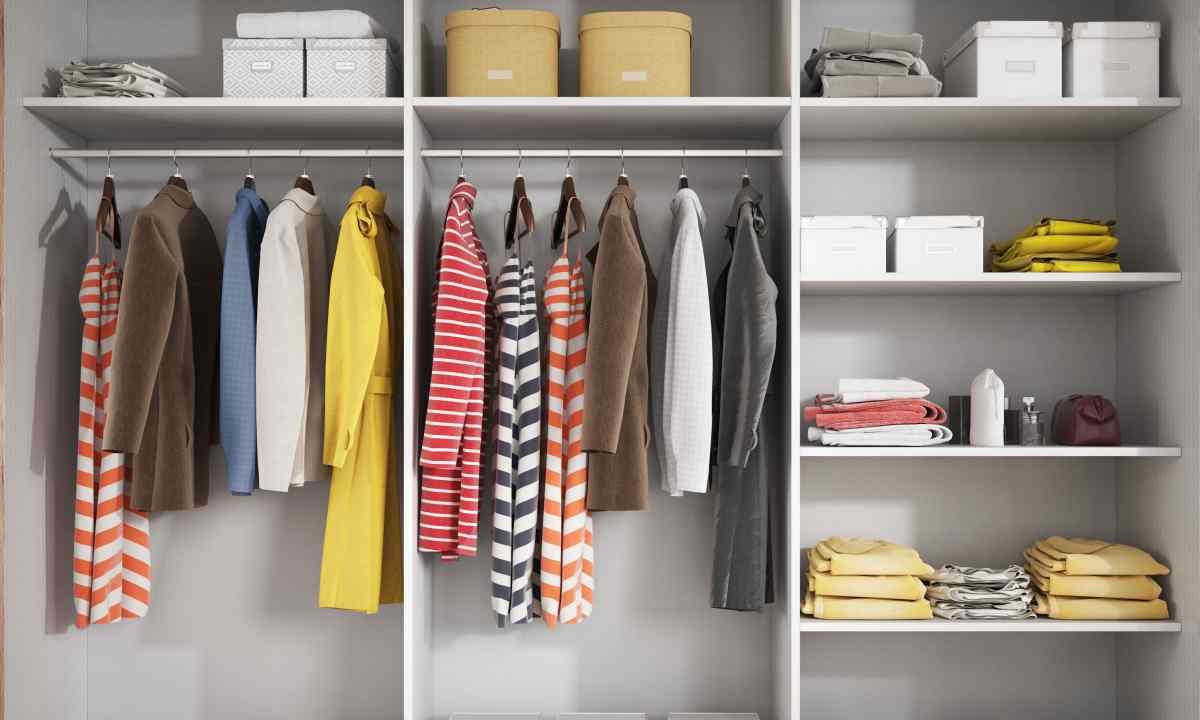Angular sliding wardrobes will be ideal for small rooms. Having good functionality, they are capable to save space considerably. However the market of furniture production is very extensive today therefore the problem of the choice is particularly acute for each buyer.
It is required to you
- - information on the used material;
- - information on the mechanism of sliding doors.
Instruction
1. Choosing angular sliding wardrobe it is necessary to decide on the place where it will be located as unlike cabinet furniture – the built-in design cannot already be transferred precisely. Experts offer four main types of similar cabinets: five-wall, triangular, trapezoid,-shaped. The choice depends on individual preferences of the customer, the place of mounting, availability of additional shelves, partitions, boxes, shoes stands and other.
2. Sliding wardrobe doors most often are made of such material as chipboard or MDF. Practice shows their reliability, moisture resistance and burning out. Wishing to give to the room more refined look it is possible to add to insert doors from glass. In the presence houses of small children and pets preference is given to laminate which is covered with especially strong "automobile" film.
3. To learn in more detail about the roller mechanism of sliding door, it, perhaps, the most important what it is necessary to pay attention when choosing angular sliding wardrobe to. They are made either of steel, or of aluminum. The last is more expensive, but is more imperceptible in operation, is less subject to breakages. If upon purchase not the characteristic scratch is found, the door is hardly closed – better to postpone acquisition, but not to trust in sellers who assure that the mechanism will be developed over time.
4. Doors for sliding wardrobes including angular, in the most various color shades which in most cases or duplicate colors of natural wood, or repeat stone patterns are issued. It is necessary to know that when choosing light tones it is better to make the room more dark, and when choosing dark – on the contrary, lighter.

